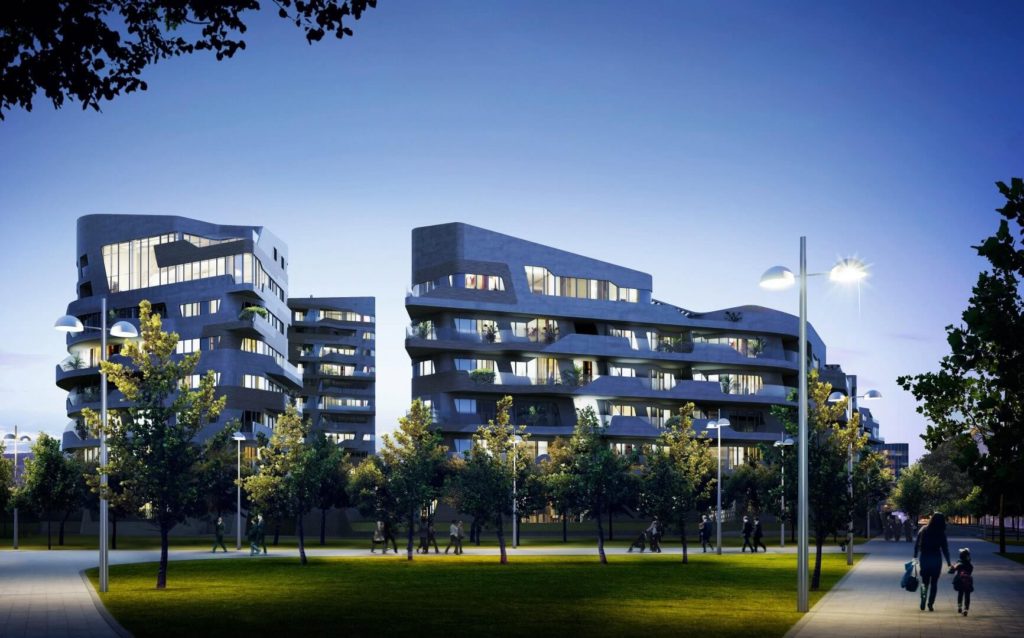Real estate development and community revitalization have been the foundation of building strong and vibrant communities. Placemaking, the process of creating vibrant public spaces that reflect the community’s character and meet its needs, is a powerful tool for revitalizing real estate and communities. The goal of this article is to explore this concept, its benefits, and how it can be applied to activate community development.
What is Placemaking?
First of all, placemaking is a holistic approach to development that focuses on creating places where people want to be and where they can connect with each other and their community. The concept of placemaking was first introduced in the 1960s by William H. Whyte, an urbanist and social scientist, who believed that the design of public spaces plays a critical role in shaping how people interact and connect with their community.
At its core, placemaking is about creating spaces that are not only functional but also beautiful and reflective of the community’s unique identity. It involves the collaboration of community members, designers, and stakeholders to create public spaces that are inclusive, accessible, and meaningful.
For example, elements of successful placemaking include:
- Inclusivity: creating spaces that are accessible and welcoming to all members of the community
- Identity: reflecting the unique character and identity of the community
- Functionality: meeting the needs of the community through design and programming
- Sustainability: designing spaces that are environmentally friendly and promote long-term sustainability
- Engagement: involving the community in the design and programming of public spaces
- Flexibility: designing spaces that can adapt and change over time to meet the evolving needs of the community

The Benefits of Placemaking
It can benefit communities and real estate development in many ways. One of the most significant benefits is its ability to increase property values and attract new businesses and residents to a community. By creating vibrant public spaces that reflect the community’s character and meet its needs, placemaking can make a community more desirable, leading to an increase in property values and economic development.
Furthermore, placemaking also has the power to bring people together and create a sense of community. By providing spaces for social interaction and connection, placemaking can foster a sense of belonging and civic pride. This can lead to a reduction in crime, an increase in public safety, and a more engaged and invested community.
It can also have a positive impact on the environment. By designing spaces that are environmentally friendly and promote long-term sustainability, placemaking can help to reduce the community’s carbon footprint and improve air and water quality. This can lead to a healthier community and a more resilient local economy.
In addition to these benefits, placemaking can also help to address issues of accessibility and inclusivity. It can create spaces that are accessible and welcoming to all members of the community, can help to break down barriers and create a more equitable and inclusive community.
Placemaking in Action
Placemaking is a powerful tool for revitalizing real estate and communities, and there are many examples of successful placemaking projects around the world. One notable example is New York City’s High Line, a 1.45-mile-long elevated park built on an abandoned railroad track. The High Line has transformed a neglected industrial area into a vibrant public space that attracts millions of visitors each year. The park has also led to the development of new residential and commercial properties in the surrounding area, resulting in an increase in property values and economic development.
Another example of successful placemaking is the revitalization of the Pearl District in Portland, Oregon. The Pearl District was once a neglected industrial area. Still, through the use of placemaking, it has been transformed into a vibrant mixed-use community with a mix of residential, commercial, and retail properties. The district now features a variety of public spaces, including parks, plazas, and streetscapes, that are designed to promote social interaction and connection.
However, it’s important to note that placemaking is not without its challenges. One of the biggest challenges is getting buy-in from the community and stakeholders. It’s crucial to involve the community in the design and programming of public spaces to create a sense of ownership and pride in the community. Another challenge is securing funding for placemaking projects, which often require significant investment.
The Importance of Community Involvement
It’s really important to involve the community in the placemaking process. Community engagement is essential to ensure that the resulting public spaces reflect the community’s character and meet its needs. When community members are involved in the design and programming of public spaces, they are more likely to feel a sense of ownership and pride in the community, which can lead to greater buy-in and support for the project.
Moreover, involving the community in the placemaking process also helps to ensure that the resulting public spaces are inclusive and accessible to all members of the community. By gathering input from a diverse group of stakeholders, designers can create spaces that are welcoming and accessible to people of all ages, abilities, and backgrounds.
Some examples of placemaking in real estate include:
- Community gardens and green spaces: Creating communal gardens and park areas can provide a space for people to gather and relax, while also improving the local environment.
- Pop-up shops and markets: Temporary retail spaces and market stalls can enliven a community, encouraging people to spend time outdoors and supporting local businesses.
- Street art and murals: Adding public art to a neighborhood can help to brighten up an area and give it a unique identity.
- Public events and festivals: Hosting community events such as festivals, markets, and fairs can bring people together and foster a sense of community.
- Public spaces: Creating welcoming and accessible public spaces such as plazas, squares, and parks can encourage people to spend more time outside, socializing and enjoying the neighborhood.

Conclusions
In conclusion, placemaking is a powerful tool for revitalizing real estate and communities. By creating vibrant public spaces that reflect the community’s character and meet its needs, placemaking can increase property values, attract new businesses and residents, foster a sense of community, promote environmental sustainability, and address issues of accessibility and inclusivity.
The importance of involving the community in the placemaking process cannot be overstated. Community engagement is essential to ensure that the resulting public spaces reflect the community’s character and meet its needs. It also leads to better outcomes and greater buy-in, as well as ensure that the resulting public spaces are inclusive and accessible to all members of the community.
Finally, we encourage readers to consider the benefits of placemaking in their own communities and to involve the community in the process. If placemaking particularly interests you and want to learn more about it, how to apply it to activate community development and revitalize real estate, we suggest reaching out to experts in placemaking and real estate development for further information and guidance. With the right approach and resources, placemaking can be a powerful tool for creating vibrant, sustainable, and livable communities.
Join the top real estate professionals and get started with BuiltMind
Book a demo with us to see how BuiltMind can help your company.

